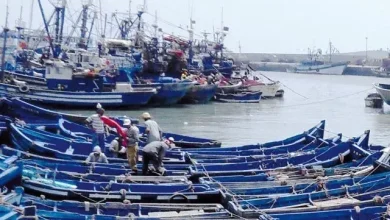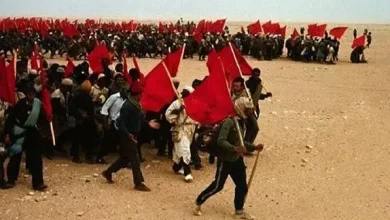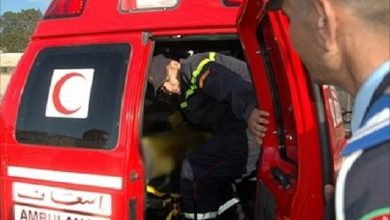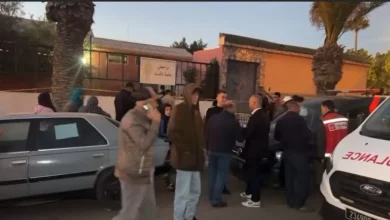In Casablanca, researchers to rediscovery of prehistoric humanity
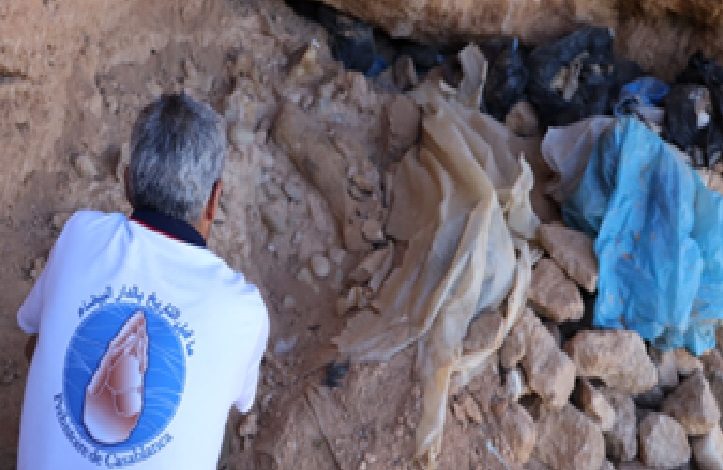
This article was automatically translated from HIBAPRESS, the Arabic version:
HIBAPRESS / MAP
At a time when Casablanca is agitated, carried by the grandiose preparations of the CAN 2025 and the 2030 World Cup, where the cranes pierce the sky, and the infrastructures of the future take shape in the tumult of the sites … Another site, more discreet but just as ambitious, is deployed a few steps from the Morocco Mall and its scintillating windows.
Behind metal barriers, land houses this site of a completely different kind, and a completely different age. Here, it is not the future that we build, but the most distant past that we urge …
We are at the Thomas I career archaeological site, where a handful of passionate researchers continue to dig, literally and figuratively, in the depths of human history.
From April 2 to 17, a research and study mission was held as part of the “Prehistory of Casablanca” program. This Moroccan-French project is carried out by the National Institute of Sciences of Archeology and Heritage (INSAP), falling under the Ministry of Youth, Culture and Communication-Departure of Culture, in partnership with the French Ministry of Europe and Foreign Affairs, the Archimede Excellence Laboratory (Paul Valéry-Montpellier) and the National Museum of Natural History of Paris.
Equipped with the most sophisticated tools, these archaeologists patiently go up the wire, to the first traces of the human presence in this place in the world.
On the last day of the mission, researchers worked to restore a skull of rhinoceros, discovered a few years ago in the archaeological site of the rhino cave, being in the neighboring career of Oulad Hamida 1, which delivered the oldest fossil vestiges of animals consumed in cave by men on the African continent.
In a space away, installed like a small laboratory, a specialist in paleontological catering is busy with patience and thoroughness.
His attention is fully turned to this fossil almost 900,000 years old. She cleans and resets the pieces of this puzzle. Each bone is placed in its right place. Through this delicate restoration, it’s a whole story that comes back to life.
“It is not plaster that is applied to restore this fossil, but a sediment extracted from the site itself, combined with an acrylic resin. A fine, reversible method, which respects the readability of the object while preserving its scientific potential”, explains the archaeozoologist Camille Daujeard, of the National Museum of Natural History and Co-Director of the “Prehistory of Casablanca” program.
On this skull, it was first necessary to remove the old layers, then to pick up the fragments. It was necessary to make the bone appear, making it readable for the researchers, she specifies at the microphone of the map.
“Thanks to this restoration work, it becomes possible to envisage traceological studies, to identify possible traces of butcher or manipulation, and precise measurements,” she adds.
Perhaps, with a little luck, she says, will this skull allow to illuminate an enigma that has haunt researchers for decades: why so many rhinos in this little cave? The species is not caverniculture, no obvious trace of human hunting … but a lot of reshuffles, carriages, as if water or other animals had moved carcasses.
Beyond the restoration of this skull, it is a real interdisciplinary investigation that is emerging. The teeth of this rhinoceros, very well preserved, also deliver their share of history.
“Thanks to analyzes of microscopic wear or isotopes, the researchers can reconstruct the food of animals … and, by ricochet, the landscapes they frequented. Savannah? Forest? Each micro-fracture becomes a track. Each detail, although appearing insignificant, account. We question the past environments”, underlines, for its part, the archaeologist and prehistorian, Abderrahim Mohib.
But how are this research, turned towards such distant periods, important for a city in the midst of reconstruction of the future? “These works and studies are part of a broader framework: that of the valuation of Moroccan heritage. Casablanca now attracts the looks of paleontologists and archaeologists from around the world”, replies this associate researcher with the INSAP and co-director of said program.
“Through these discoveries, it is a whole story that takes shape: that of a region at the heart of human prehistory, capable of telling, by its vestiges, the first adventures of human groups before the emergence of Homo sapiens and the mysteries of animal life. A story that Morocco wants to make heard, in favor of the great events to come”, indicates our interlocutor.
The skull of rhinoceros in question, once it has revealed everything in its history and that of its environment, will be exposed, for eternity, in addition to other fragments and objects discovered, at the prehistory park of Sidi Abderrahmane (currently in redevelopment), located on the site of the former career of Sidi Abderrahmane. A place that was made famous by the discovery in 1955, in the Littorines cave, of a human fragmentary mandible, which dates back to around 350,000 years.
According to archaeologist Rosalia Gallotti, of the Archimedes’ laboratory of excellence and co-director of the “Prehistory of Casablanca” program, Casablanca sites offer essential perspectives to study and reconstruct the history of Acheulean material culture in North Africa, specifying that it is the longest culture in the history of humanity marking the period of the old Paleolithic.
The city of Casablanca contains various archaeological sites, namely the career of Ahl Al Oughlam (2.5 million years), the L to the career Thomas I (+ 1.3 million years), the Hominidae cave with the Thomas I career (780,000 years), the rhino cave (800,000 – 900,000 years) and the Sidi Abderrahmane (500,000 to 300,000 years).
An invaluable archaeological potential for the future of the city … and which has not yet delivered all its secrets!

